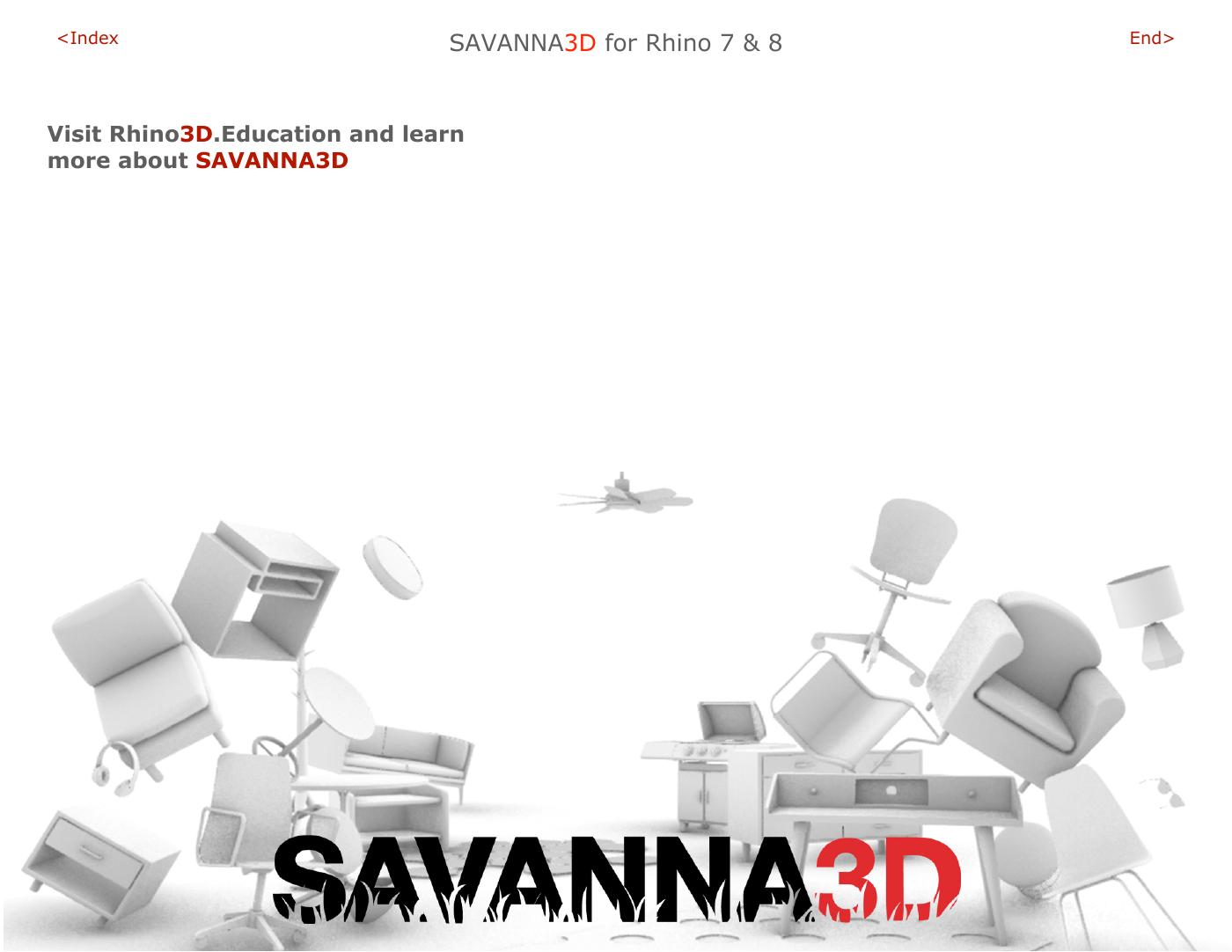The SAVANNA3D for Rhino 7 library contains over 1,600 detailed 3D architectural models in the 3DM file format, plus a few parametric Grasshopper definitions to create parametric models.
All these blocks are 100% NURBS, SubDs, or Grasshopper parametric definitions made in Rhino 7. Plus, discover the new blocks created for you; all are SubD models included in Chapter 7, which provides for cocktail glassware and lounge chairs.
Explore what's included in the SAVANNA3D R7 library by scrolling down to the curriculum section and preview how to use the blocks + get around 40 free blocks from the library by downloading Chapter 2.1 for free!
Subscribe to the SAVANNA3D R7 library to download the entire library; it's yours to keep for as long as you like. Please refer to the License Agreement. The subscription includes all 1,600+ blocks plus any new blocks added sporadically during the twelve-month subscription.
Enjoy 20% off with coupon code: RHINO3DEDUCATION20 at checkout for a limited time!








